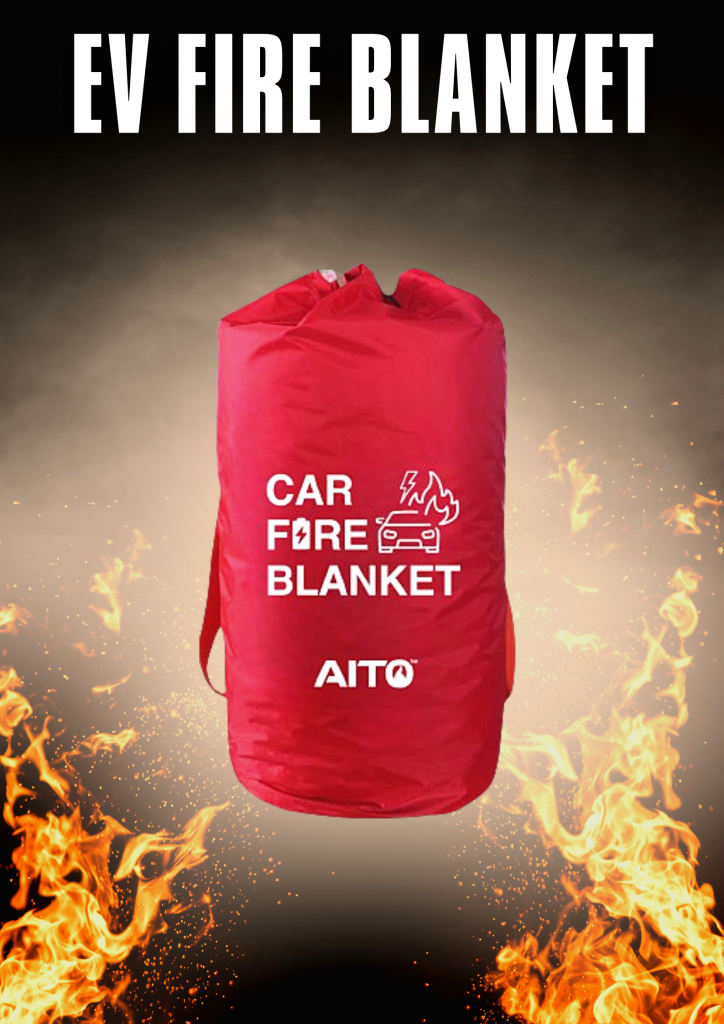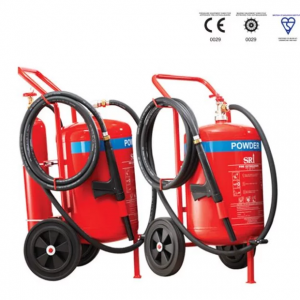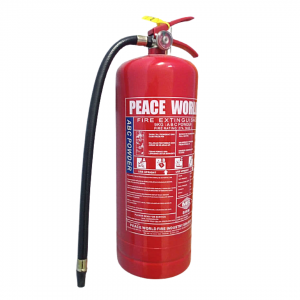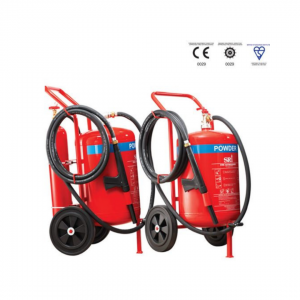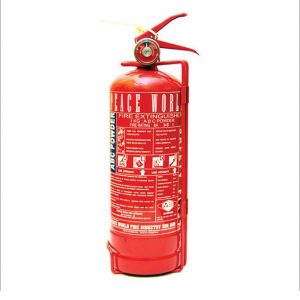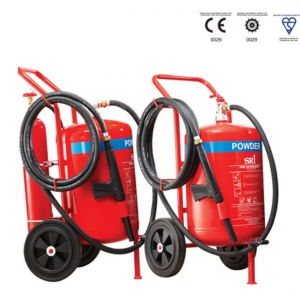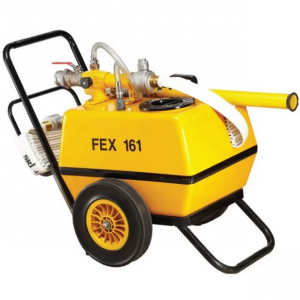As electric vehicles (EVs) become increasingly prevalent on our roads, so does the need for proactive safety measures to address potential risks, particularly those related to battery fires. Among these measures, EV fire blanket stand out as a crucial tool in mitigating the impact of such incidents. However, their effectiveness relies heavily on the preparedness and training of those responsible for their deployment. In this article, we’ll delve into the importance of training programs and preparedness measures for ensuring the effective deployment of EV fire blankets, emphasizing the need for education among vehicle owners, emergency responders, and maintenance personnel.
Comprehensive Training Programs
Training programs designed to educate individuals on the proper use and deployment of EV fire blanket are essential for ensuring their effectiveness in emergency situations. These programs should cover a range of topics, including:
- Recognizing signs of battery overheating or malfunction.
- Understanding the types of EV fire blankets available and their specific applications.
- Proper techniques for deploying EV fire blankets to suppress flames and contain the fire.
- Coordination with emergency response teams and communication protocols during a battery fire incident.
- Safe handling and storage practices for EV fire blankets to maintain their integrity and effectiveness over time.
Targeted Audience
Training initiatives should target a diverse audience, including:
- Vehicle Owners: Equipping EV owners with the knowledge and skills to respond effectively to battery fire emergencies not only protects their own safety but also reduces the potential for property damage and environmental harm.
- Emergency Responders: Firefighters, paramedics, and other first responders must be familiar with EV fire blankets and their role in mitigating battery fires. Training programs should include hands-on exercises to simulate real-world scenarios and reinforce proper deployment techniques.
- Maintenance Personnel: Technicians responsible for servicing and maintaining EVs should receive specialized training on EV fire safety, including the use of fire blankets during battery inspections or repairs.
Hands-On Simulation Exercises
Incorporating hands-on simulation exercises into training programs is crucial for reinforcing theoretical knowledge and building practical skills. These exercises can simulate various battery fire scenarios, allowing participants to practice deploying EV fire blankets in a controlled environment. Feedback and guidance from experienced instructors help participants refine their techniques and gain confidence in their ability to respond effectively to real-life emergencies.
Continuous Education and Updates
Given the rapid pace of technological advancements in the automotive industry, training programs for EV fire blanket deployment should be regularly updated to reflect the latest developments and best practices. Ongoing education ensures that participants remain informed about new types of EVs, battery technologies, and fire safety protocols, enabling them to adapt their response strategies accordingly.
Conclusion
Training and preparedness are paramount for ensuring the effective deployment of EV fire blankets in emergency situations. By equipping vehicle owners, emergency responders, and maintenance personnel with the knowledge and skills to recognize, respond to, and mitigate battery fire incidents, we can enhance the safety of electric vehicles and minimize the impact of potential disasters. Investing in comprehensive training programs and continuous education is not only a proactive step towards safeguarding lives and property but also a testament to our commitment to building a resilient and sustainable transportation infrastructure.
